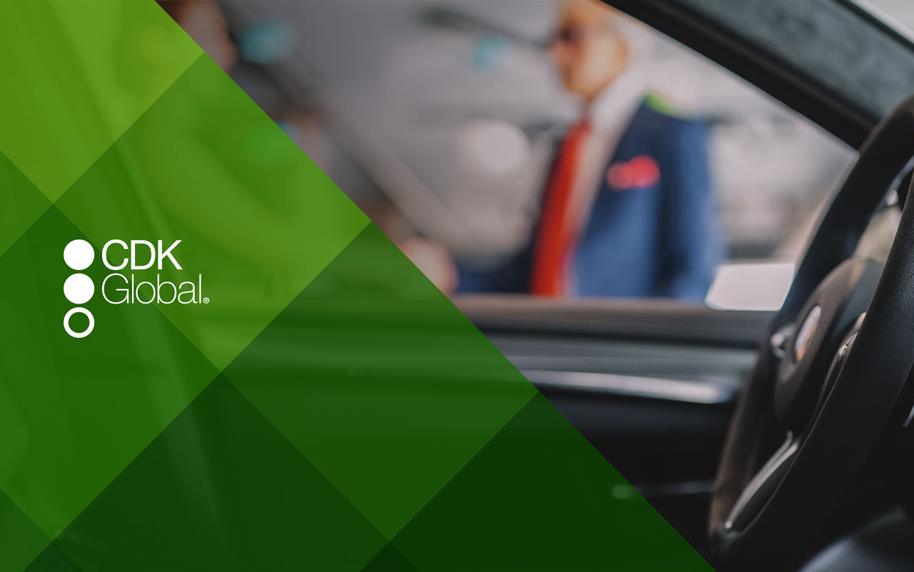
One of the “Big 4” autobody repair shops in the US, Service King grew to over 300 locations and more than $200 million in revenue on the strength of the Service King Promise: quality repairs, outstanding customer experience, and a lifetime warranty.
As Service King expanded rapidly through acquisitions, the brand moved into markets far beyond its home territory in the Dallas, Texas metro area. Service King needed a strategic approach to digital marketing that could introduce the brand in new markets and scale nationally along with their business, driving customers to a new website to generate leads, bookings, and revenue.
The Challenge
Service King maintained multiple web properties. These had inconsistent branding and poor UX, and some were not mobile responsive. Online conversions were low and the brand was under-represented on a local level.
Service King’s marketing relied heavily on traditional broadcast media. Marketing spend was largely untracked, activity was not tied to business performance, and CPAs which could be measured were high. And as the brand grew into new media markets, this approach was no longer sustainable.

The Approach
BFM took an integrated approach to website and marketing. Our goals were to establish a strong and visible brand presence in every market, and to drive conversions more efficiently and in a measurable way.
decrease in CPA
increase in ROS

Building for lead capture
We strategized, planned and built a new website in 4 months. We focused on improving the site’s SEO to drive more qualified traffic, and optimizing conversion rates.
The site structure was driven by keyword research into the services and content that potential customers were searching for. Our business analysis helped prioritize calls to action on the site – giving more prominence to CTAs that were more likely to convert into bookings.
Boosting local presence
We integrated the new site with Service King’s ERP to automatically feed through the location details of 300+ stores. We built a dedicated, search-optimized landing page for each location, and used IP detection and intelligent map logic to automatically show store locations nearest to online visitors.
To market new locations, we rolled out a geotargeted “New Neighbor” campaign that called out great local restaurants (but only after local service technicians gave them the thumbs up!).


Accountable planning
A key priority was getting visibility into CPA and return on marketing spend. We ensured media spend was trackable through to sales, and where that wasn’t possible, built an attribution model.
Our channel-by-channel reporting down to individual regions enabled agile planning and buying. We were able to see when regions needed additional support – and adjust budgets accordingly – before regions knew it themselves.
The targeting capabilities of digital also enabled us to advertise directly to a B2B insurer audience for the first time, influencing the all-important recommendation an insurer gives to a consumer who’s been in a collision.
Seizing the marketing initiative
Creatively, we looked for ways to keep the Service King brand relevant and top of mind.
Our “Let’s Not Meet By Accident” campaign, promoting road safety, used digital billboards to enable real-time marketing. A billboard picking up on the Pokemon craze was written up in AdWeek. We also ran creative that was triggered by bad weather, and joined the conversation around local events such as the World Series and the Democratic National Convention in Philadelphia.
While we reduced reliance on uneconomical broadcast, we turned an existing radio buy into the most popular ad of the Super Bowl, winning the Westwood One Sound Awards. The brand also invested in digital video, concepting, scripting and creating two :30 ad spots, focused on an issue that consumer research had identified as critical: quality of repairs.

Results
We were extremely happy with the results:
- a 30% increase in organic keyword rankings
- a 29% increase in conversions
- a 36% increase in marketing conversions
- a 50% fall in organic bounce rate
- an increase of 400% in return on spend
- achieved with a 73% fall in cost per acquisition


